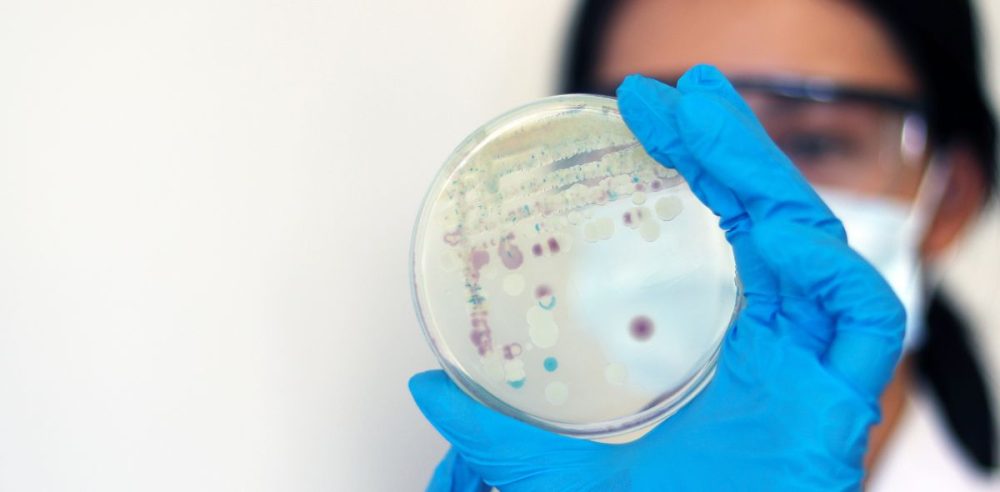Florida residents recovering from the impact of Hurricanes Helene and Milton are now being cautioned about another danger lurking in the floodwaters.
The Florida Department of Health said that cases of flesh-eating bacterial infections have risen dramatically since the two hurricanes struck Florida in recent weeks. Of the 70 cases reported so far this year in Florida, 37 of them have occurred since mid-September.
Thirteen cases have been reported in recent weeks in Pinellas County, four cases each were reported in Hillsborough County and Lee County, and three cases each were reported in Pascoe County and Charlotte County, with other cases scattered around the state.
The flesh-eating bacteria Vibrio vulnificus is commonly found in warm seawater but can pose a potentially fatal threat to humans when storms push brackish water onto shore, flooding low-lying areas, rivers, and canals, with contaminated water, sewage, and debris.
Persons can become infected with the bacteria by eating contaminated shellfish or by exposing open wounds to the contaminated floodwaters. The bacteria infects the layer of connective tissue below the skin and can rapidly destroy muscle, skin, and fat tissue.
In some instances, the infection, known as necrotizing fasciitis, can be fatal. Four deaths have been reported in Florida from the flesh-eating bacteria since mid-September. Persons with weakened immune systems or a chronic illness are more at risk for developing a serious infection.
The first symptoms of necrotizing fasciitis usually appear within 24 hours of exposure to the bacteria and include serious pain in the infected area, red or swollen skin, inflammation, fever, nausea, and flu-like symptoms such as diarrhea, dizziness, weakness, and general malaise.
Within three to four days, advanced symptoms such as purple, foul-smelling fluid-filled blisters and peeling or flaking skin appear as gangrene sets in.
In four to five days, critical, life-threatening symptoms such as a severe drop in blood pressure, toxic shock, unconsciousness, and organ failure may occur.
Treatments may include intravenous antibiotic therapy, hyperbaric oxygen therapy, intravenous immunoglobulin, and surgery and/or amputation to remove the dead tissue and prevent the further spread of the infection.
Persons with red swollen skin that does not appear to be healing should see a doctor right away.


